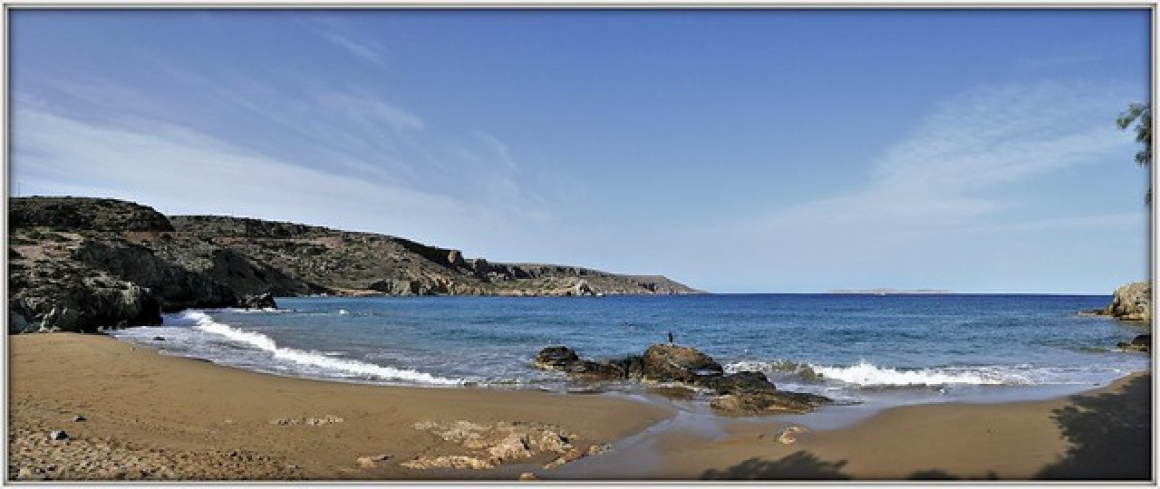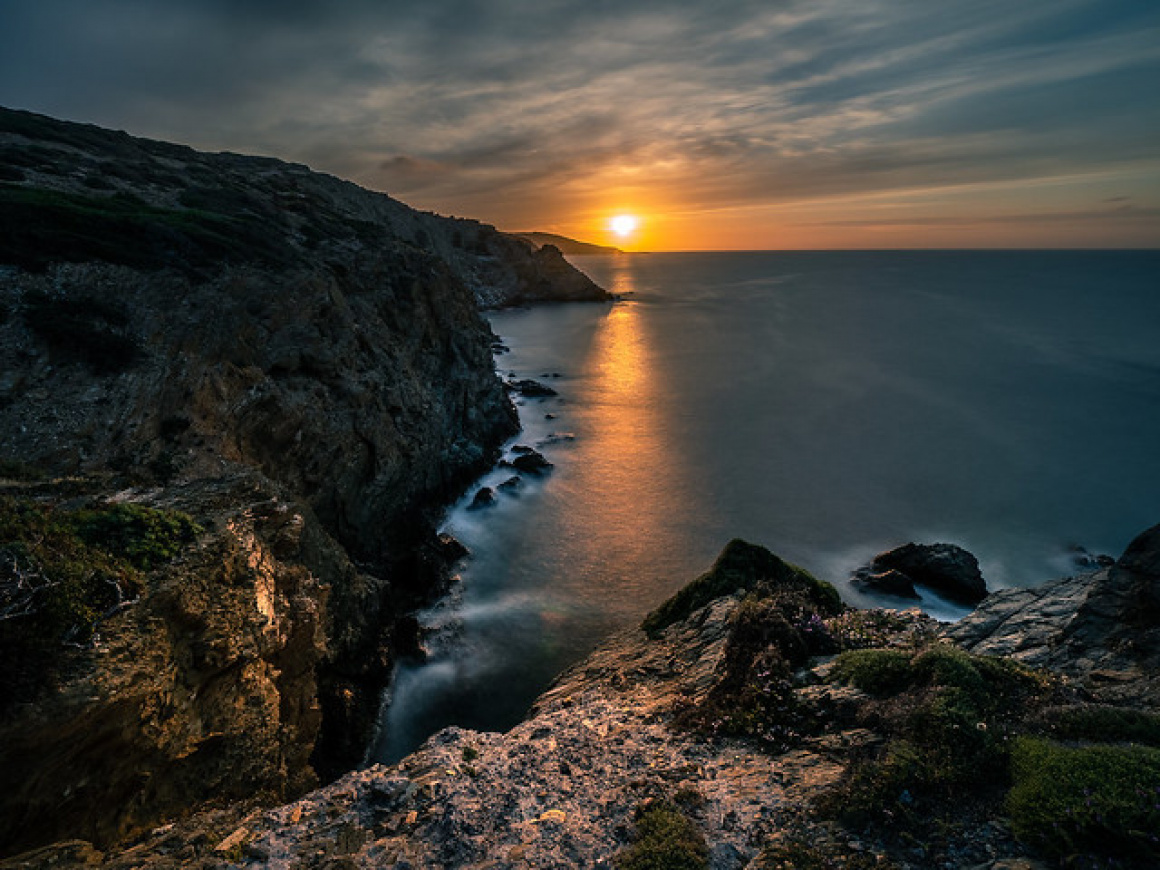Crete Weather Overview
Crete, the largest Greek island, enjoys a classic Mediterranean climate with mild, rainy winters and hot, dry summers. The summer months are almost guaranteed to be sunny with clear blue skies, while the winter brings most of the island's annual rainfall. Spring and autumn serve as pleasant transition seasons – spring is lush and blooming after the winter rains, and autumn remains warm with gradually shortening days. Even at the height of winter, daytime temperatures are relatively gentle compared to northern Europe, and snow is rare at sea level. Overall, Crete's climate is one of abundant sunshine and moderate temperatures year-round, making it an inviting destination in any season.
Regional Weather Variations
Despite its small size, Crete's weather can vary significantly by region. The island's mountain ranges (running east–west through the interior) create microclimates by shielding the south coast from northern weather fronts. It's often the case that it may be cloudy and drizzling on the north coast (e.g. in cities like Heraklion or Chania) while the south coast basks in sunshine at the very same time. Generally, the eastern part of Crete (Heraklion and Lasithi regions) is drier and a touch warmer than the west (mountainous Chania and Rethymno regions), which is evident in the greener landscapes of the west versus the more arid terrain in the far east. Similarly, the south coast (facing the Libyan Sea) tends to be warmer and sees less rainfall than the north coast. Elevation also plays a major role: coastal towns have very mild winters, but in the mountains it can get much colder. High peaks like Mount Ida and the White Mountains are often snow-capped well into spring, and mountain villages experience chilly nights even in summer. These regional differences mean travellers can find different “weather worlds” – for example, you might drive an hour from a cloudy northern beach to a sunny southern one, or encounter refreshing cool air in the hills after leaving a hot city.
Best Times to Visit Crete (Weather-wise)
Crete is a year-round destination, but the best time to visit depends on your interests and weather preference. For beach lovers, the obvious peak season is summer, from June through August you'll get hot days, warm seas, and virtually no rain – prime beach holiday weather. July and August have the highest temperatures (often 30–35 °C / 86–95 °F or above) and almost endless sunshine, perfect for swimming and sunbathing. However, keep in mind these months also bring large crowds and the occasional Meltemi wind (a strong northwest summer wind) that can whip up rough seas on the north coast. The sea remains pleasantly warm even into early autumn, so September (and even early October) can also be fantastic for a beach trip with slightly cooler air and fewer tourists. In fact, late September often combines summer-like sea temperatures with more comfortable air temperatures and a more relaxed atmosphere once the peak rush subsides.

 'Cretan Beach' - Attribution: Rolf Dietrich Brecher
'Cretan Beach' - Attribution: Rolf Dietrich BrecherIf you're more into hiking, exploring villages, and sightseeing, then spring (April–May) and autumn (late September–October) are ideal. During these periods, daytime temperatures are moderate, making outdoor activities enjoyable without the intense heat. In spring, you'll catch Crete at its most beautiful – green hills and wildflowers everywhere – and by May the weather is reliably sunny but not too hot. Autumn offers warm seas and golden landscapes (the summer drought leaves the countryside dry by September) along with the grape and olive harvest season vibe. Both spring and autumn have the advantage of fewer crowds and still-long daylight hours.
Winter (November through March) is off-season in Crete, but it has its own charms. While you'll encounter the most rain and cooler temperatures, you'll also experience the island in a very authentic way. It's the best time for a cultural trip – you can wander through sites like the Knossos Palace or visit the Heraklion Archaeological Museum without crowds, and enjoy the cafes and tavernas alongside locals rather than tourists. The scenery can be dramatic with snow on the mountains and lush green valleys. November still sees quite a few sunny days and it's even possible to swim on warm afternoons, especially on the south coast. December–February are the coolest months, you'll need a raincoat and a warm layer, but you'll also witness cosy island life, occasional festivals, and maybe even a rare sight of snow on a beach (it has happened, though rarely!). In short, April–June and September–October are generally the most pleasant all-round months for good weather and activities, July–August for guaranteed heat and beach fun (with crowds), and winter for a quiet, cool getaway with a local feel.


